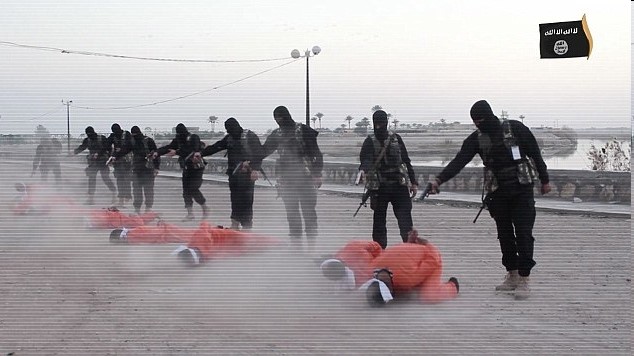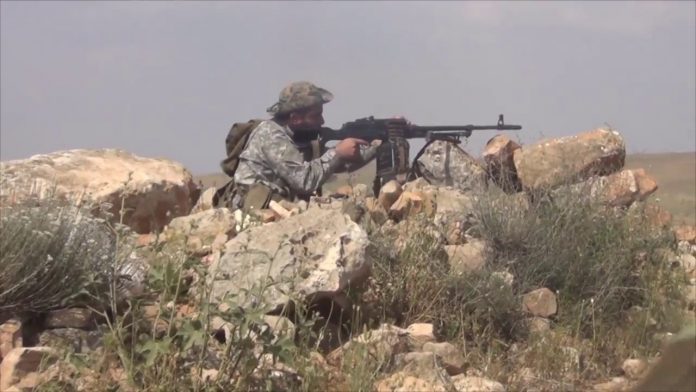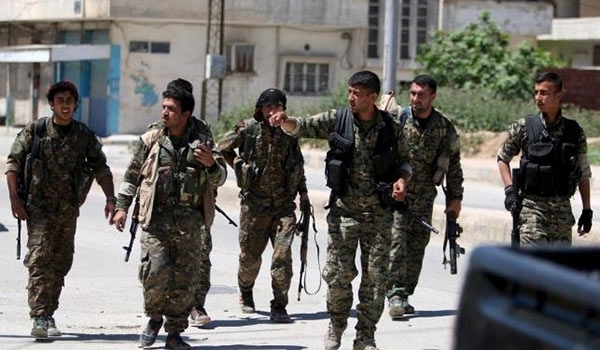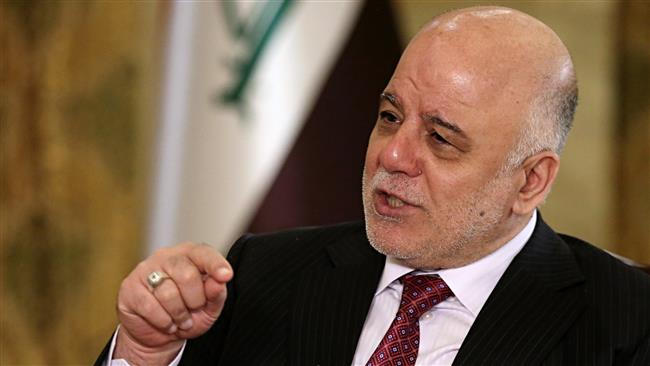ISLAMIC IRAN: ‘Photoshop UAVs’ to ‘global drone leader’: US wakes up to Iran’s military prowess
A report in the Guardian on Tuesday, citing analysts at the US Defense Intelligence Agency, a specialized intelligence body affiliated with the US Department of Defense, said Iran is emerging as a “global leader” in the production of cheap and lethal drones.
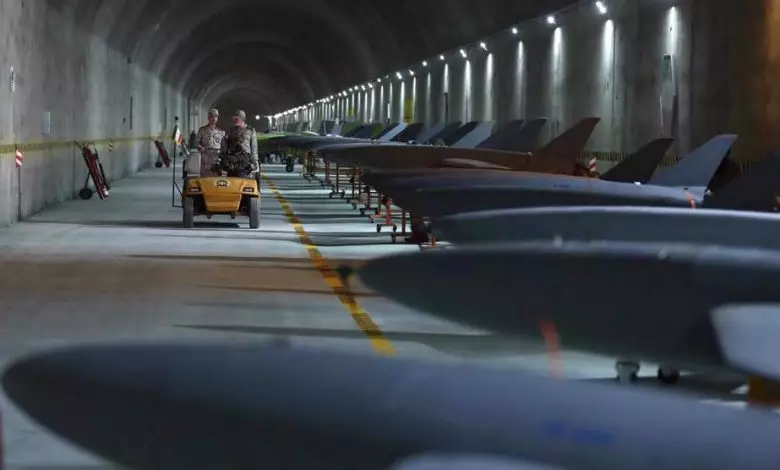
The report, carried with the customary spin by many media outlets in the Western and Arab world, sought to push the narrative that Tehran has become Moscow’s “most significant military backer” in the Ukraine war, which completes one year next week.
The US officials, as the report stated, emphasized that the objective of the briefing was to “persuade skeptics” of what it called the “depth of the intelligence the US has amassed on Iran’s drone shipments”.
“While Iran has said it has sold drones to Russia, it has said explicitly that they have not been used in this conflict and that if they were, they would not ‘remain indifferent’,” one official was quoted as saying, unwittingly giving the benefit of doubt to Tehran.
It’s a different matter that the US military-industrial complex continues to stoke the flames of war in the former Soviet republic by supplying massive arms packages to the embattled government in Kiev.
On the contrary, Iran has repeatedly affirmed its neutral stance on the protracted war in Ukraine, urging both the warring parties to find a way out of the dangerous logjam through political dialogue.
Iranian officials have also categorically and convincingly dismissed reports about the supply of drones to Russia for use in the war, asking Kiev to furnish clinching evidence to substantiate the claims.
So far, no documentary evidence has been produced even though the hollow ‘Iran-supplying-drones’ rhetoric continues.
In November last year, Iran’s foreign minister Hossein Amir-Abdollahian emphasized that Tehran sent a “limited number” of drones to Russia months before the war broke out in February 2022.
He said Tehran and Kiev had reached an agreement to discuss the issue in a European country, but the Ukrainian side skipped the meeting at the last minute under the pressure of Washington and Brussels.
As Iranian officials rightly argue, if there is evidence, Ukraine must present it to Iran, rather than stage media exhibitions in Washington and European capitals, and claim that debris of Iranian-made suicide and multi-role drones was discovered in Ukraine. That is akin to barking up the wrong tree.
Having said that, reports about US officials fretting and fuming over Iran’s rapidly burgeoning drone and missile industry is amusing since this military equipment was dismissed as “photoshopped” some years ago.
In an article back in November 2012, Washington-headquartered magazine The Atlantic lampooned a report published in local Iranian media about a drone that could take off and land vertically.
“What they didn’t tell us is that they used Photoshop to make it stop taking off from the roof of Japan’s Chiba University, which built the aircraft and never had anything to do with Iran’s alleged version of it,” read the report, questioning Iran’s prowess to build drones.
Another report in The Register, published on November 28, 2012, echoed The Atlantic version, saying that drone photographs “bear a striking similarity to those coming out of Japan’s Chiba University”.
To bolster the claim, the two reports cited pilot and blogger Gary Mortimer, who said the design of the Iranian drone “looked familiar” but hastened to add that Iranians “might have bought a Quad Tilt Wing (QTW) unmanned aerial vehicle (UAV) for testing”.
These reports came a year after Business Insider in a report questioned Iranian media reports that a US RQ-170 Sentinel drone had been brought down over the eastern part of the country.
“If Iran does possess a ‘Beast of Khandahar’, it will put a serious wrinkle in US intelligence operations,” the report stated, downplaying Iranian claims.
“With radar-evading coatings and composite materials housing the US’s most cutting edge cameras, sensors and listening devices, reverse-engineering the RQ-170 would likely prove beyond Tehran’s ability, but not Russia or China’s.”
In February 2013, a report in Observer France said a photograph showed an Iranian fighter jet, the brand-new F-313, soaring high above snow-capped Damavand mountains.
“There’s just one problem – savvy Iranian Internet users quickly realized the photo of the jet was clearly one taken during the jet’s unveiling two weeks ago in Tehran and superimposed onto a photo of Damavand mountain,” it said.
Iran’s defense minister at the time, Ahmad Vahidi, dismissed the doubts as “enemy propaganda.”
For years, Western officials and their media lived in denial about Iran’s rapid military advancements despite decades of crippling and cruel sanctions. Finally, they woke up to Iran’s astonishing military prowess.
Leader of the Islamic Revolution, Ayatollah Seyyed Ali Khamenei, pointed it out in his speech in October last year, while lauding the country’s phenomenal progress in the military arena.
“A few years ago, when photographs of our advanced missiles and drones were released, some said that they were photoshopped,” the Leader said, referring to reports in Western media.
“But now they’re saying: “Iranian drones are very dangerous, why are you selling it to so and so? Why are you giving it to so and so?” These are the feats carried out by Iranian scientists. They bring honor to our country,” he hastened to add.
Today, as US officials also acknowledge, Iran is a global leader not only in manufacturing and exporting drones, but other military equipment as well. But, unlike the US, it’s a responsible military power.
Major General Yahya Rahim Safavi, a top military adviser to the Leader of the Islamic Revolution, said in October last year that at least 22 foreign states have queued up to purchase Iranian drones.
“Today we have reached a point that 22 world countries are demanding to purchase unmanned aircraft from Iran,” he told a gathering at a military academy in Tehran.
On Wednesday, Iran’s defense minister Brigadier General Mohammad Reza Gharaei Ashtiani told reporters on the sidelines of a cabinet session in Tehran that a significant surge has been recorded in the production and export of defense equipment this year, compared to the previous year.
“Production and export of defense equipment … have seen a three- and five-fold increase [respectively] compared to last year,” he was quoted as saying, adding that it was forcing the enemies to “back off”.
By Syed Zafar Mehdi
From Presstv
